Volvo electric car batteries
Our car batteries power every electric Volvo. They're designed to go the distance with safety in mind.
Understanding battery technology
Our electric vehicles are powered by advanced lithium-ion battery packs. Built in layers from the inside out, these packs are engineered for safety, durability and efficiency. Inside, lithium ions move between the battery’s positive and negative terminals, transferring energy with precision. It’s a smart, lightweight solution that delivers high-quality performance and the range you need.
Cells
Cells store and release energy. NMC cells have high energy density, and are used for long range and high performance variants. LFP cells have lower energy density and are offered for standard range variants.
Modules (or Bricks)
Groups of cells bundled together to form a larger unit.
Packs
The full battery system. Packs contain multiple modules along with smart systems that monitor and manage safety and performance.
Preserving your battery’s lifespan
Our EV batteries are designed and built to last beyond 15 years or 300,000 km. But like any battery, they’ll naturally lose a small amount of capacity over time. So what contributes to losses in battery capacity?

Temperature
Extreme heat or cold can accelerate battery wear over time, affecting overall performance and lifespan.
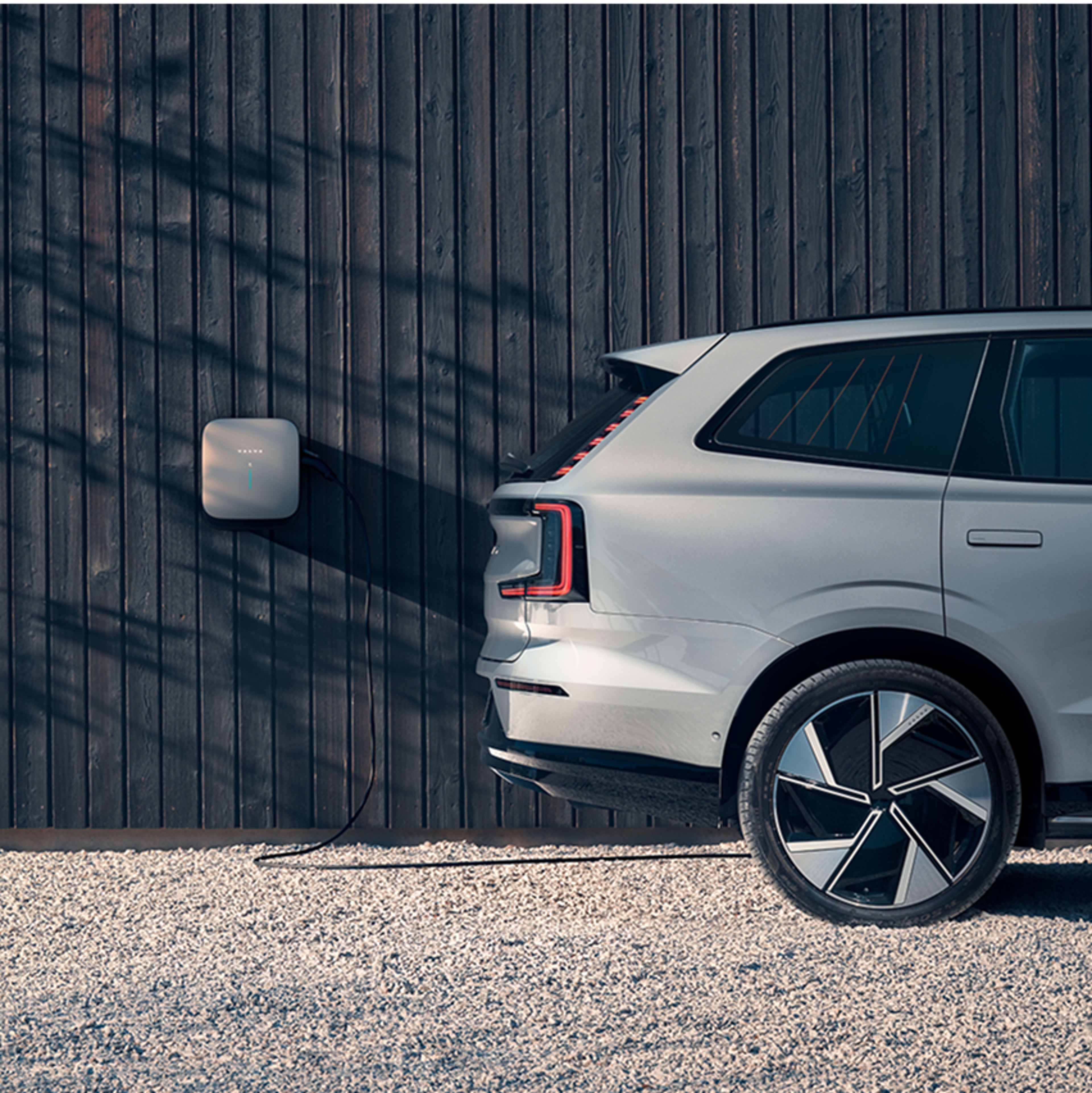
Charging habits
Charging the battery to 100% too often, or letting it fully drain, can reduce its long-term health.
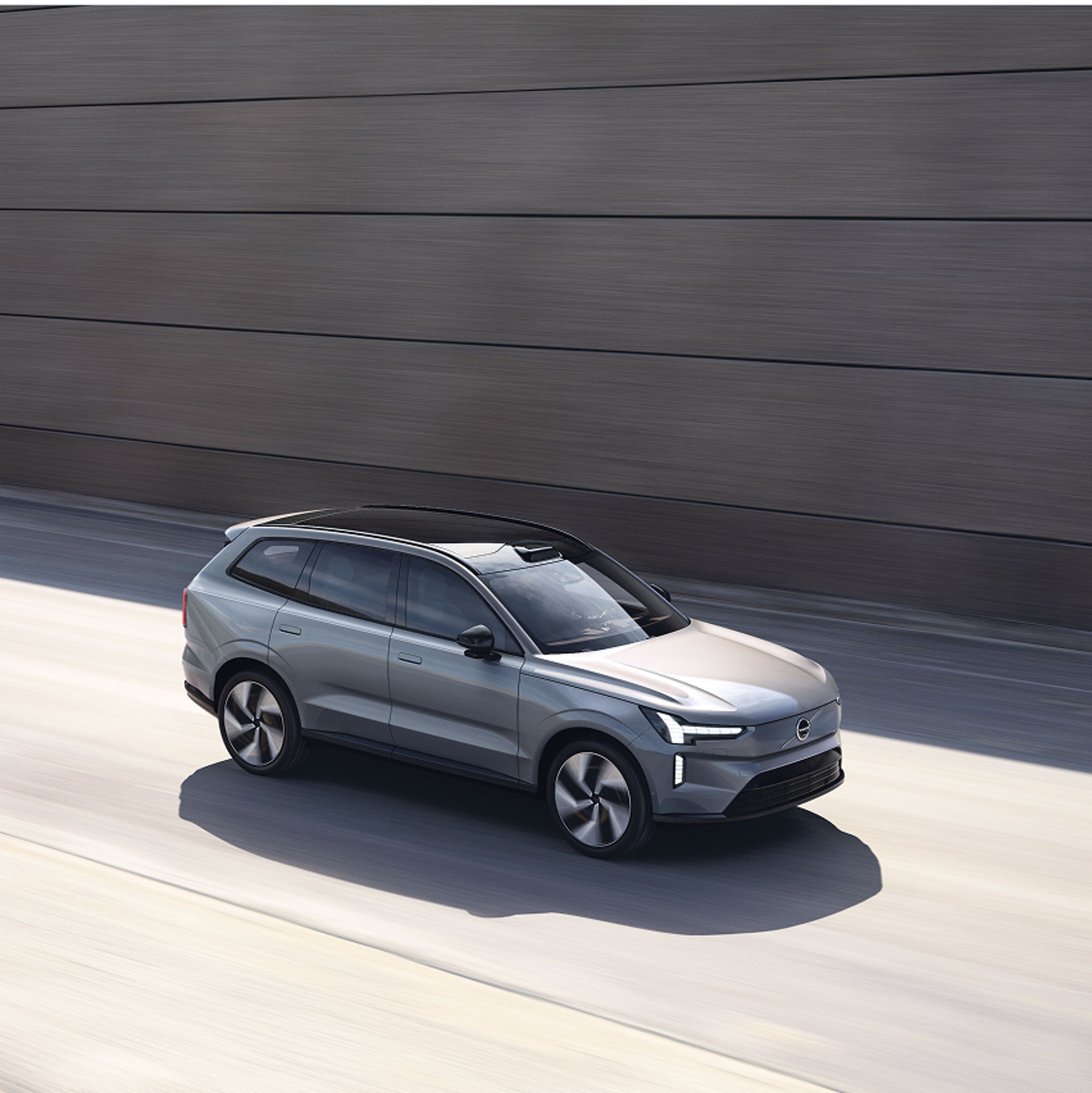
Driving style
Frequent fast charging and high-intensity driving can lead to faster battery degradation.
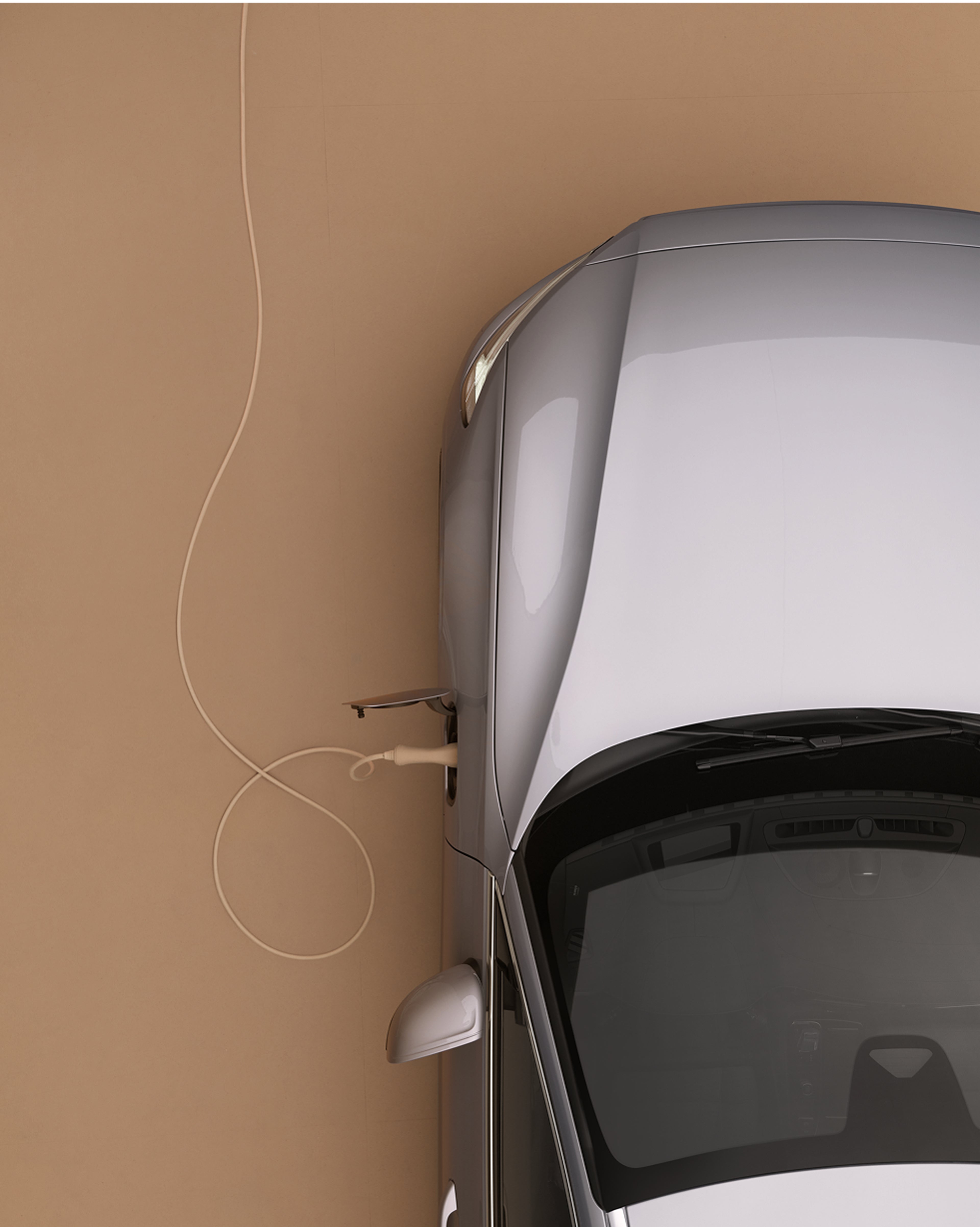
Best practices to extend electric car battery life
If you want to extend your car battery’s lifespan even further, a few simple habits can go a long way:
Watch the temperature
Charge mindfully
Drive with care
Stay updated
Battery life & health monitoring

Battery warranty & coverage
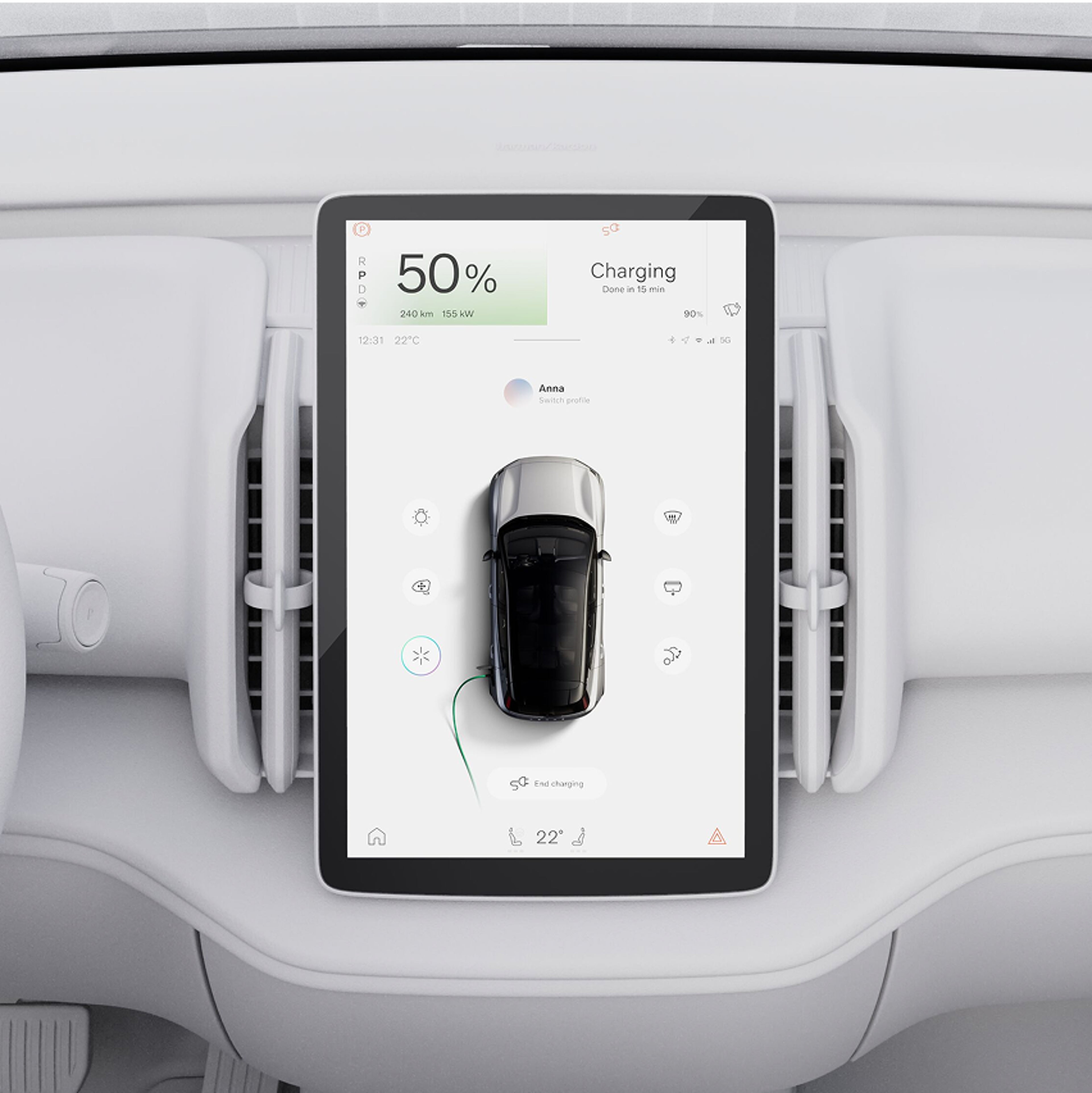
Easily accessible health checks
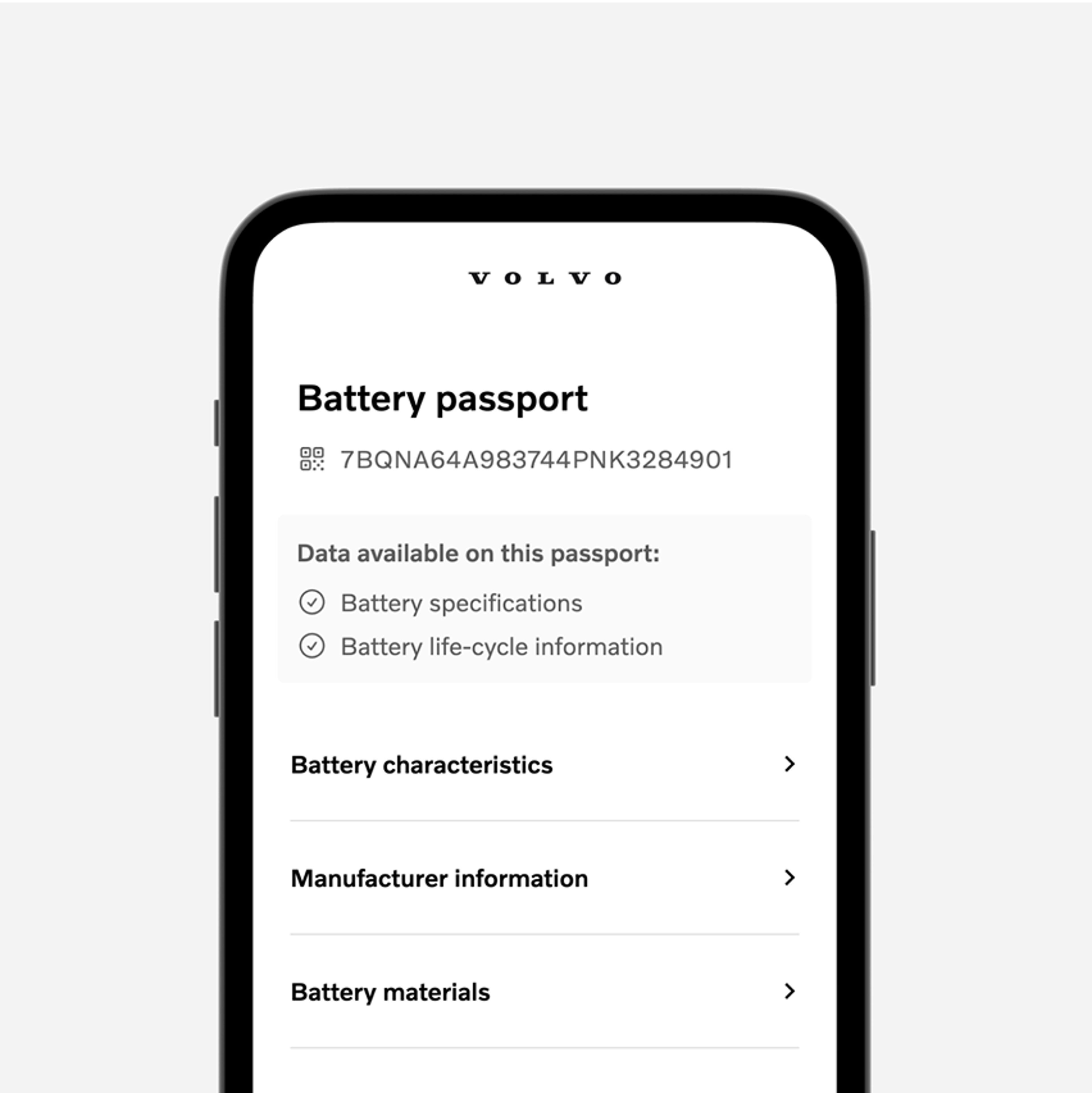
Battery passport

Routine and predictive maintenance for EV batteries
Volvo electric vehicles are designed to keep things simple. With fewer moving parts than a traditional internal combustion engine (ICE) car, there’s less maintenance to worry about. No spark plugs to replace, no exhaust system repairs and no oil changes.
We also offer predictive maintenance for your high-voltage battery. This service keeps an eye on the health of your battery cells and lets us act early if we spot any signs of wear. If something’s not quite right, we’ll reach out before it becomes a problem. That means less maintenance time for you and more time to enjoy the drive.
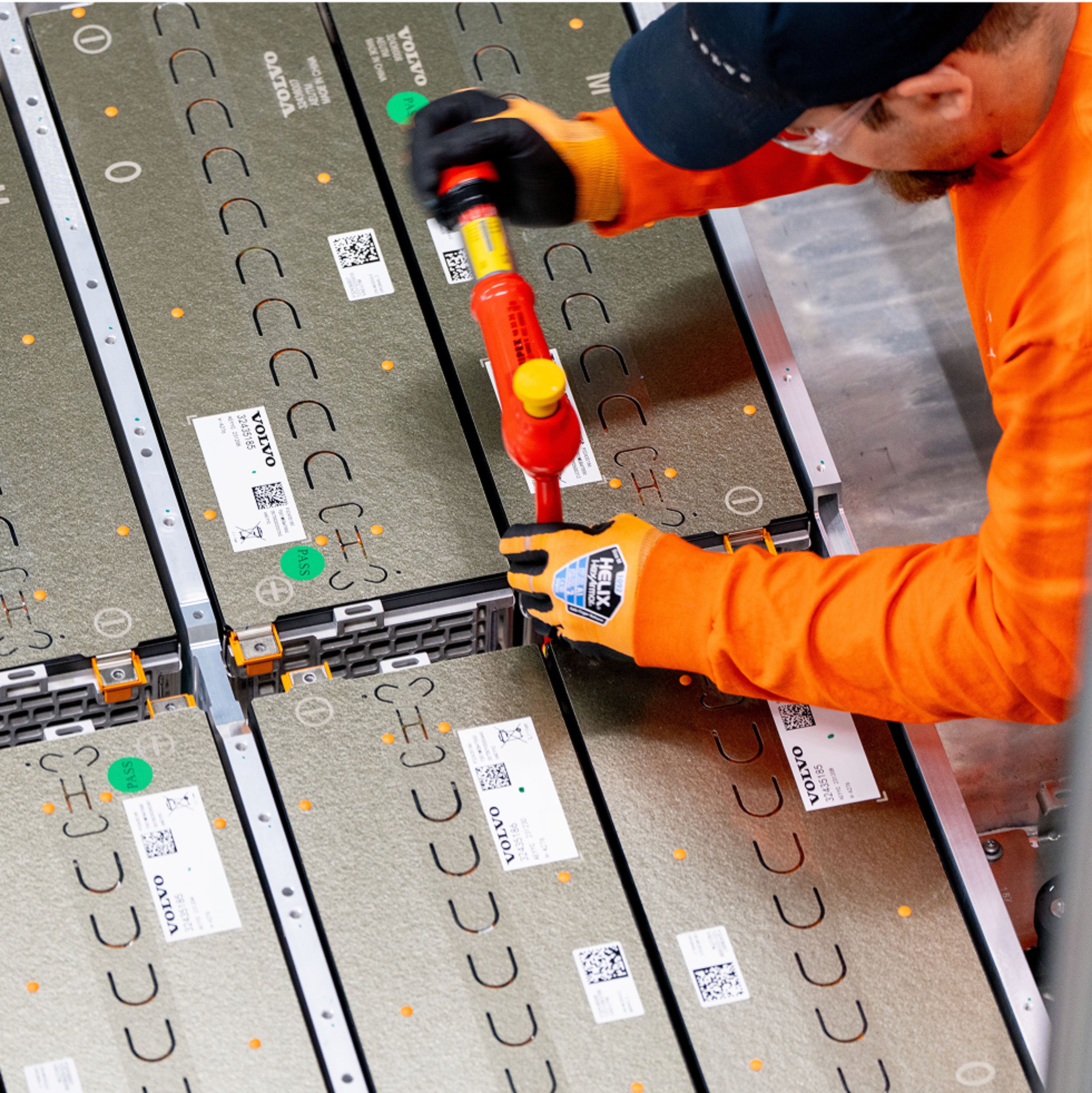
Battery production & recycling process
Our EV battery technology is built with ethics in mind. Through tools like the battery passport, we help ensure transparency in sourcing materials like cobalt and nickel. And with a strong focus on battery recycling, we’re working to reduce the environmental impact of every Volvo battery before, during and after its time on the road.
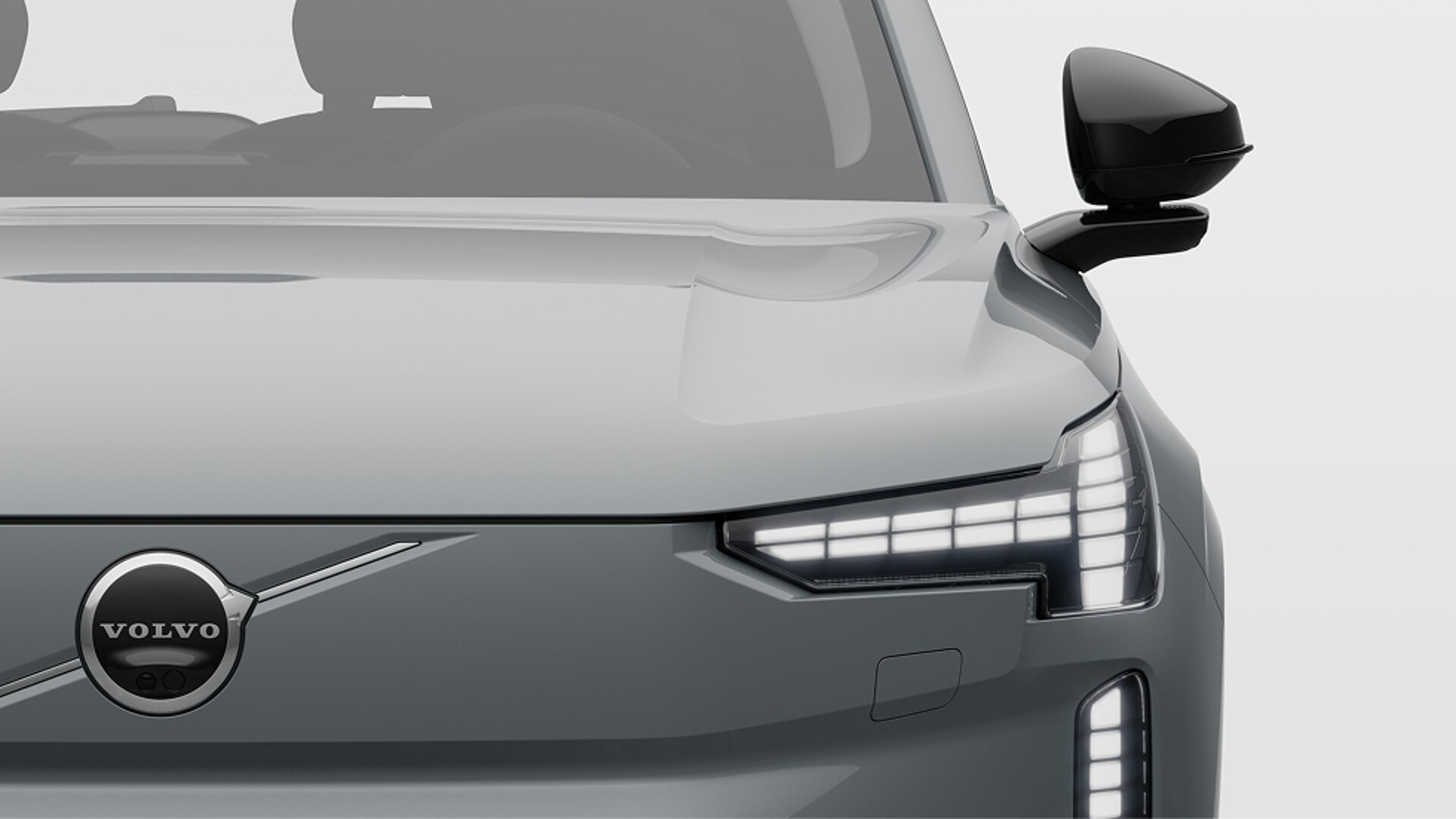
Fully electric cars
Volvo fully electric cars run entirely on electricity, making charging a natural part of your daily routine. Plug in at home with a wallbox or top up on the go at public charging stations.
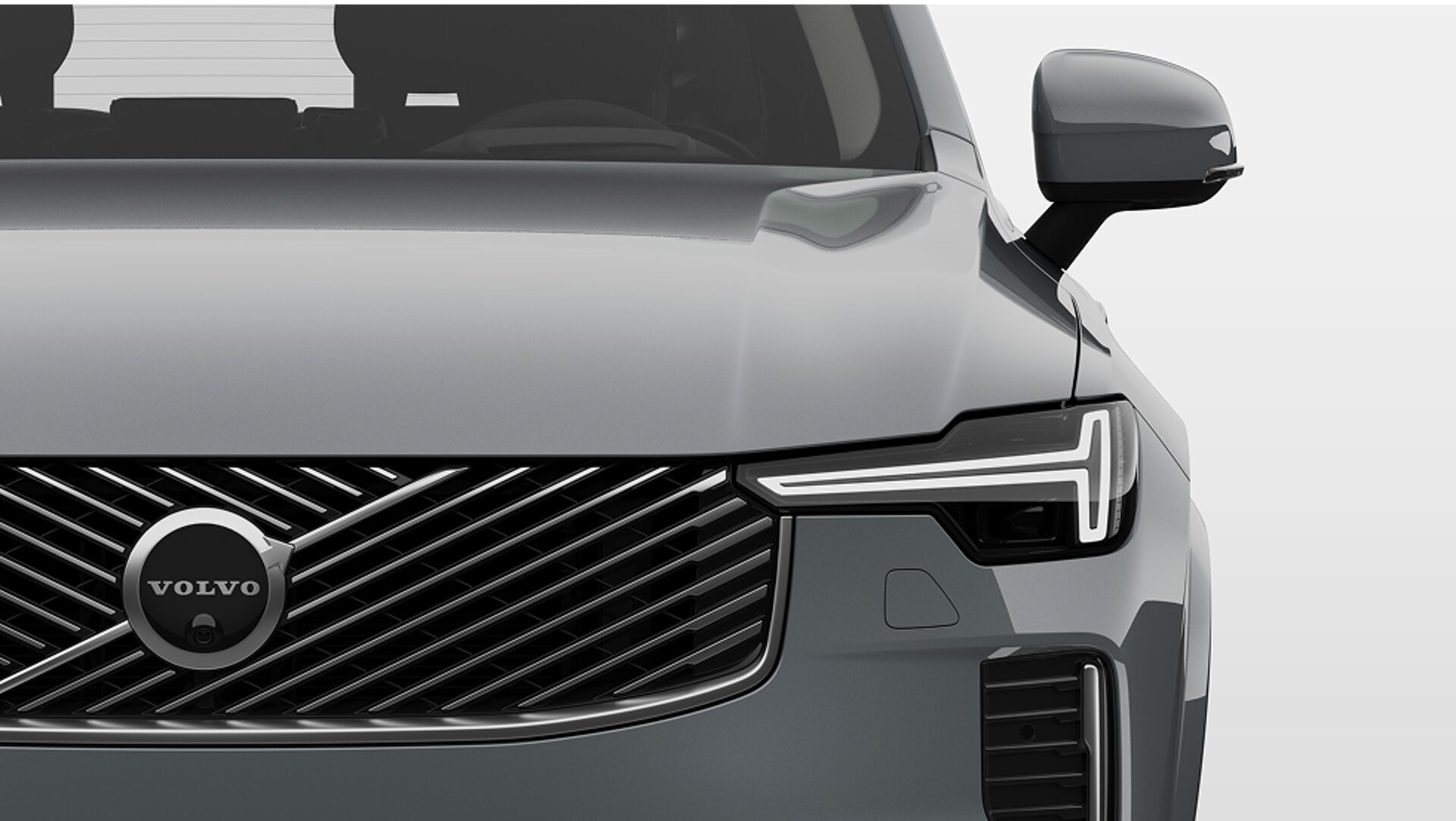
Plug-in hybrid cars
Volvo plug-in hybrids blend electric efficiency with a combustion engine. Charging is flexible, either at home or at public stations – just remember, rapid chargers are meant only for fully electric cars.
FAQs about EV batteries
Do I need to replace the battery during my ownership?
Our batteries are designed to last the lifetime of your electric vehicle (beyond 15 years or roughly 300,000 km). The warranty entails an 8 year or 160,000 km period (whichever comes first), during which defects in materials are covered. Though, even if your battery needs replacing after outside of the covered warranty, this is still possible.
How can I check my battery’s health and status?
In some of our cars, you can easily monitor your battery’s status using the Volvo Cars app and your vehicle’s in-car display. The app shows real-time charge level, estimated range and charging status, while the infotainment system provides insights like energy usage and maintenance alerts. Together, they help you stay informed and support good battery maintenance habits. For information about your battery’s health, you can request a State of Health (SOH) certificate from an authorised retailer, for select Volvo models with a battery passport.
How safe are Volvo EV batteries?
Our EV batteries are all built with a battery management system. This system manages, safeguards and monitors the battery to protect it from misuse and damage. This not only helps prolong its life but also contribute to safe battery technology. In the event of a collision, the battery is well protected inside the car within its own safety cage.
What is vehicle-to-grid charging?
Vehicle-to-grid (V2G) charging is a smart technology that lets electric cars charge and send electricity back to the grid. When your EV is plugged in and is V2G-capable, it can share some of its stored battery energy to help power homes or stabilise the grid during peak times or outages.
What is a battery health certificate for electric cars?
Several certified used electric cars come with a high-voltage battery State of Health (SOH) certificate, which provides a data-driven estimate of the battery’s remaining capacity. A battery with 100% SOH means it retains its full original capacity, offering the same range as when it left the factory. The SOH value is calculated based on the battery’s past usage patterns and expected degradation trends within the vehicle. While the value offers useful insight, it’s not a prediction or guarantee of future battery performance. Accuracy is typically within ±3% for batteries with over 90% SOH and ±5% for those under 90%. Battery health will naturally decline over time, and factors like ambient temperature and charging habits can affect the rate of degradation, though as an owner, you can positively influence your battery’s future condition through mindful usage and care.